Imagine walking into a building that knows you. The lights adjust as you enter, the temperature aligns with your comfort preferences, and air quality is constantly monitored, all while reducing energy costs and carbon emissions. This is not a sci-fi movie scene. This is the reality of Smart Buildings in 2025.
The convergence of green technology, automation, and climate-conscious design is shaping a new era in infrastructure. In this blog, we explore how smart buildings are becoming more energy-efficient, automated, and resilient to climate change, driving a sustainable revolution in cities worldwide.
What Defines a Smart Building?
A smart building uses interconnected systems to monitor, analyze, and optimize various operational aspects such as energy usage, lighting, ventilation, security, and water management. These systems rely on technologies like:
- Internet of Things (IoT)
- Artificial Intelligence (AI)
- Machine learning
- Cloud computing
- Data analytics
The goal? To make buildings smarter, safer, and more sustainable—all while enhancing comfort and reducing operating costs.
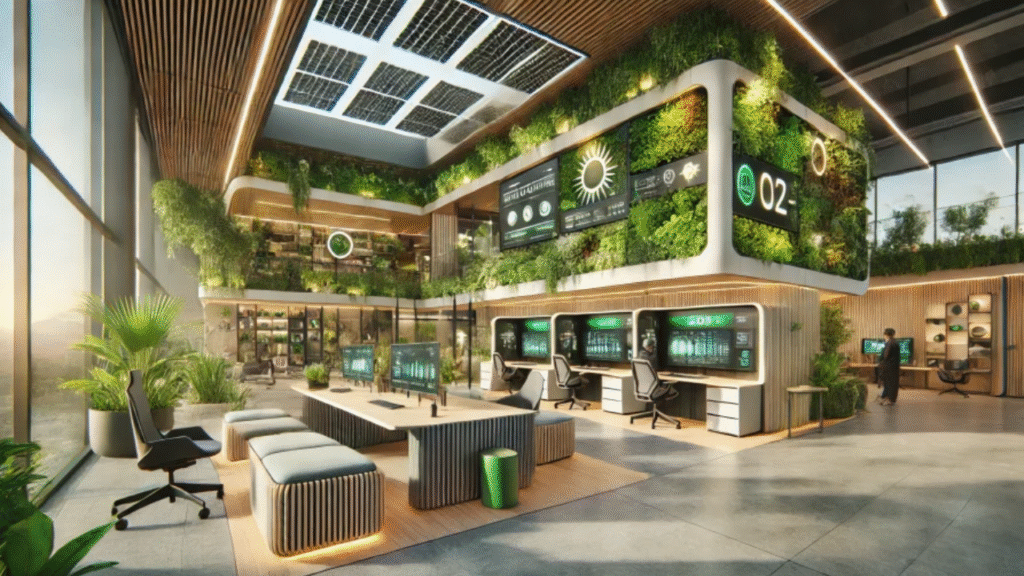
Energy Efficiency: The Heart of Smart Buildings
Buildings account for nearly 40% of global energy consumption. That’s why energy efficiency is a top priority in smart building design and retrofits. In 2025, developers are using advanced technologies to cut waste and conserve resources for sustainable workspaces.
Key Strategies for Energy Efficiency:
- Building Energy Management Systems (BEMS): Automates lighting, HVAC, and power systems.
- High-efficiency insulation and glazing: Maintains indoor temperatures and reduces heating/cooling loads.
- Smart lighting systems: Use motion sensors and ambient light sensors to optimize brightness.
- On-site renewable energy integration: Such as solar panels with battery storage.
Case in Point:
The Bullitt Center in Seattle, often dubbed the “greenest commercial building,” uses 83% less energy than a typical office building through integrated smart design.
Automation: Making Buildings Think for Themselves
Automation is not just a convenience—it’s a game-changer for building management. With real-time control and predictive capabilities, smart buildings can respond instantly to changes in occupancy, temperature, and environmental conditions.
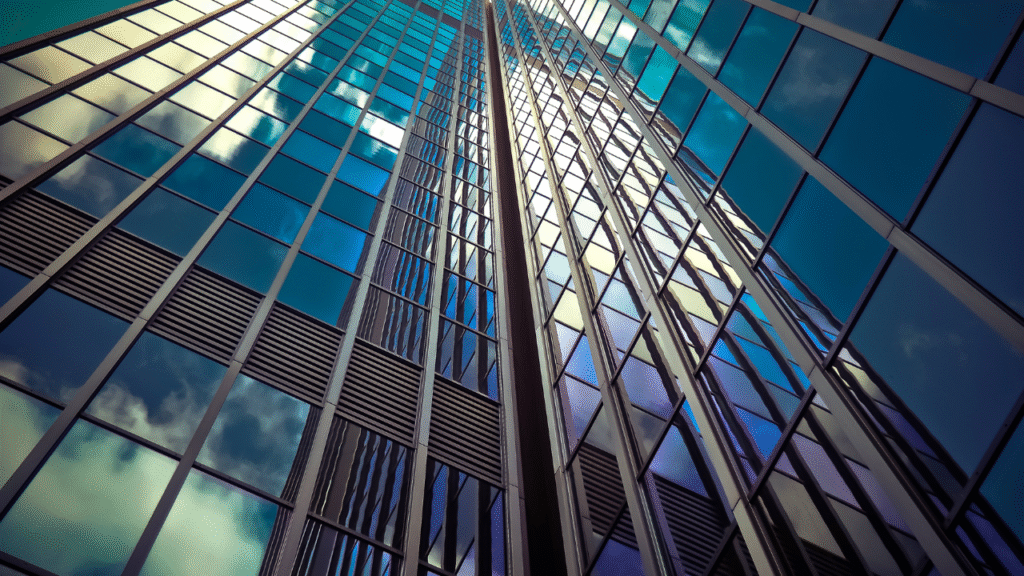
Automation in Action:
- HVAC automation ensures optimal indoor climate based on real-time weather and occupancy.
- Smart elevators reduce waiting times by predicting peak usage hours.
- AI-based predictive maintenance spots potential equipment failures before they happen.
- Self-learning lighting systems adapt to usage patterns and reduce waste.
Benefits of Automation:
- Reduces energy bills by 15–30%
- Minimizes maintenance downtime
- Enhances occupant satisfaction
- Boosts building longevity and asset value
Climate Resilience: Future-Proofing Urban Infrastructure
The growing threat of climate change is forcing developers to rethink design. Smart buildings in 2025 aren’t just energy-efficient—they’re built to withstand environmental stressors like flooding, heat waves, and storms.
Climate-Resilient Features:
- Elevated structures and waterproof materials to counteract rising flood levels
- Green roofs and reflective surfaces to combat urban heat islands
- Energy redundancy systems like solar panels with battery storage for blackout resilience
- Water reuse systems for irrigation and graywater recycling
Global Example:
In Rotterdam, the Floating Office is a smart, climate-adaptive building that rises with water levels, uses solar power, and employs natural ventilation systems to stay energy-neutral.
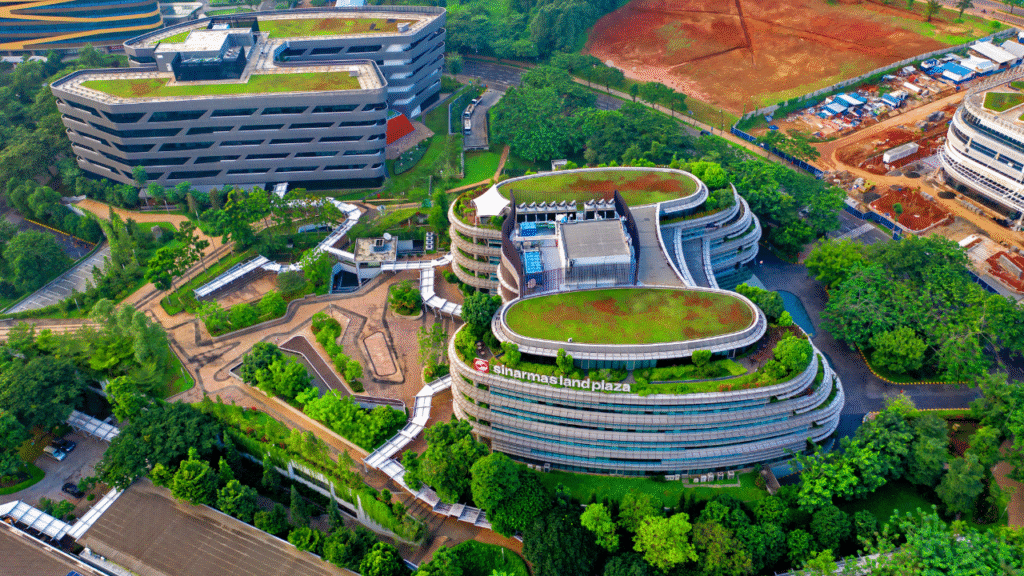
The Role of IoT and AI in Building Intelligence
At the core of smart buildings are IoT devices and AI algorithms that collect, process, and act on data. These technologies enable buildings to “learn” from their environment and operate more efficiently over time.
Examples of AI + IoT Integration:
- Smart thermostats (like Nest or Ecobee) adapt to user behavior
- CO₂ sensors monitor indoor air quality and adjust ventilation
- Leak detection systems prevent water waste and mold growth
- Facial recognition systems for secure and touchless access
Future Outlook:
- Digital twins will allow full simulations of building performance
- Edge AI will process data locally, reducing cloud dependency
- AI will be used in automated design optimization for green certification
Materials Matter: Sustainable Construction in 2025
Beyond systems and sensors, smart buildings are also rethinking the materials they’re built from. Sustainable infrastructure now incorporates materials that are renewable, durable, and often carbon-negative.
Smart Materials in Use:
- Hempcrete and mycelium insulation: Biodegradable and excellent insulators
- Photovoltaic glass: Windows that generate solar power
- Self-healing concrete: Fixes cracks on its own using embedded bacteria
- Recycled steel and aluminum: Reduces the carbon footprint of structural elements
Using such materials not only reduces emissions during construction—it improves a building’s long-term environmental performance.
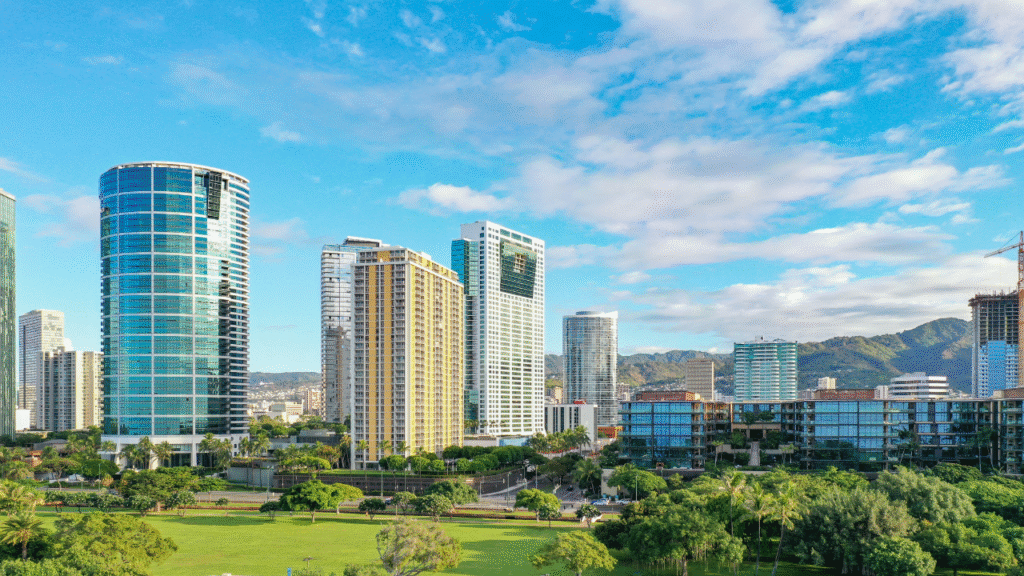
User Comfort and Smart Living
Smart buildings enhance the lives of their occupants in ways that go beyond technology.
Features Enhancing Human Experience:
- Adaptive lighting for circadian rhythm support
- Smart blinds that block heat while letting in light
- Noise-level sensors to reduce distractions in workspaces
- Indoor navigation for large campuses (e.g., hospitals, airports)
Studies show that people working in smart buildings report higher productivity, better sleep, and improved mental well-being.
Smart Residential Buildings: Not Just for Corporations
The technology that powers corporate smart buildings is increasingly finding its way into homes. In 2025, smart residential buildings are becoming the new norm, even in developing regions.
Smart Features in Modern Homes:
- Energy monitoring dashboards for homeowners
- Voice-activated lighting and appliances
- Water-efficient smart showers and toilets
- Integrated solar + battery storage systems for off-grid readiness
These systems contribute to lower utility bills, enhanced home security, and more comfortable living—while reducing the home’s carbon footprint.
Green Certifications and Building Standards
To ensure credibility and quality, smart buildings are often designed to meet internationally recognized sustainability standards.
Popular Green Certifications:
- LEED (Leadership in Energy and Environmental Design)
- BREEAM (Building Research Establishment Environmental Assessment Method)
- WELL Building Standard (focuses on occupant health)
- Net-Zero Energy Certification
Meeting these standards enhances a building’s marketability, increases property value, and often qualifies developers for tax incentives or grants.
Government Support and Global Policies
Governments across the globe are recognizing the importance of sustainable buildings in achieving climate goals.
Policy Highlights:
- EU Green Deal includes plans to renovate 35 million buildings by 2030
- U.S. Infrastructure Law allocates billions for smart city and energy efficiency projects
- China’s Smart City program promotes energy-efficient public buildings and green tech integration
These policies are accelerating the shift toward smarter, greener, and more climate-resilient infrastructure worldwide.
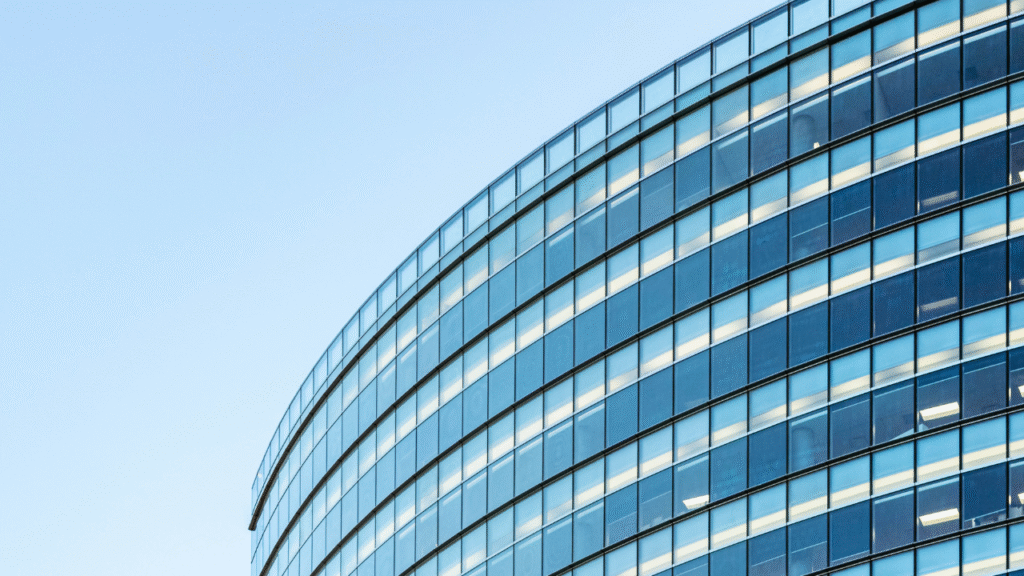
Challenges Ahead
Despite the progress, some challenges remain:
- High upfront costs for smart systems and materials
- Data privacy and cybersecurity concerns
- Skill gaps in the construction and maintenance workforce
- Integration difficulties in retrofitting old buildings
But as technology advances and costs drop, these hurdles are rapidly being addressed.
Conclusion: The Building Revolution is Here
Smart buildings are not just buildings—they’re ecosystems. In 2025, they are transforming our cities by making infrastructure more adaptive, sustainable, and resilient. They reduce emissions, optimize energy, enhance comfort, and prepare us for the climate uncertainties of the future.
Whether you're a homeowner, architect, developer, or city planner, now is the time to embrace the smart building revolution. It’s not just about building for today—it’s about building for the world we want to live in tomorrow.








